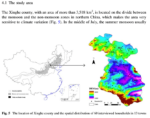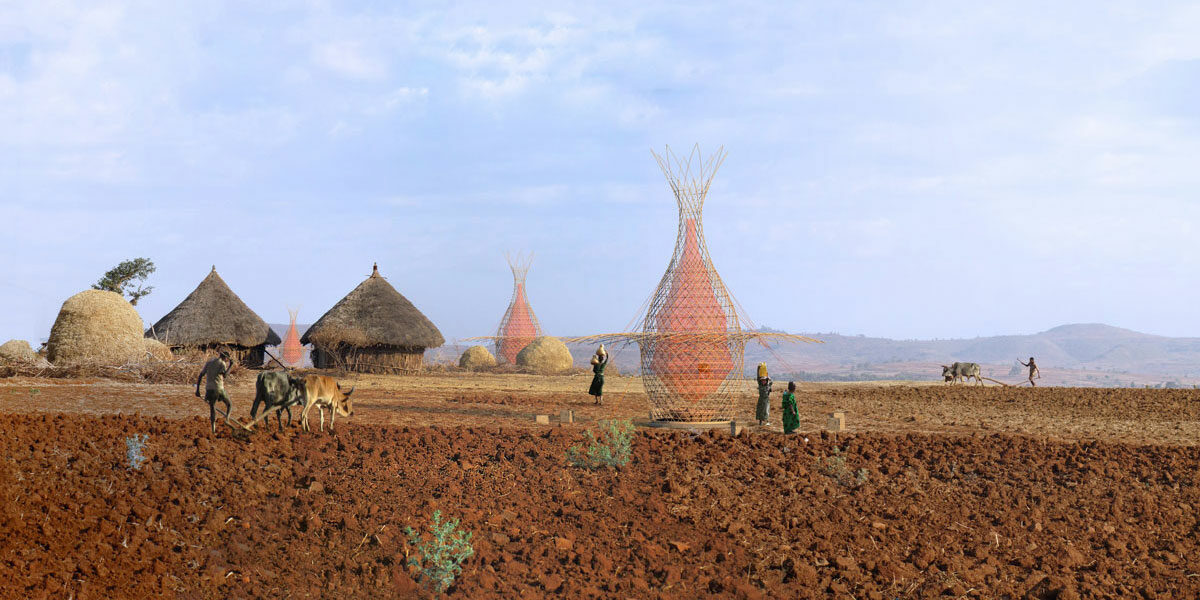
Hongjian Zhou – Jing’ai Wang – Jinhong Wan – Huicong Jia
Resilience is increasingly used as an approach for understanding the dynamics of natural disaster systems. This article presents the origin of resilience and provides an overview of its development to date, which draws on the wide literature on ecological science, social science, social–environmental system and natural hazards. From a geographic perspective, the model of disaster resilience of ‘‘Loss–Response’’ of Location (DRLRL) was created and disaster resilience was defined from three dimensional mode, which focused on the spatial, temporal scale of resilience and attributes of hazard-affected bodies. A geographic approach was put forward to measure the disaster resilience, including two properties of inherent resilience and adaptive resilience and a case study was implemented in order to validate this approach. This perspective would offer greater potential in application of resilience concept, especially in the process of integrated risk management and disaster recovery.
O post Resilience to natural hazards: a geographic perspective apareceu primeiro em Águas Mídia Livre – Brasil .
Você encontra o post Resilience to natural hazards: a geographic perspective diretamente na fonte Águas Mídia Livre – Brasil




